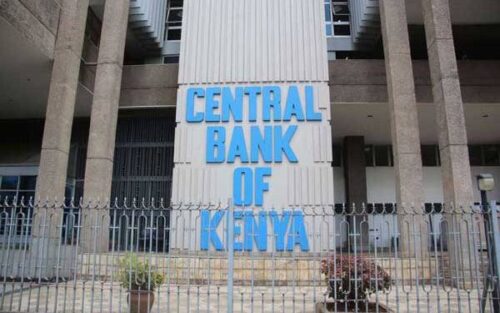
The Central Bank of Kenya (CBK) has proposed a significant overhaul of how banks determine lending rates, aiming to simplify credit pricing and enhance access to affordable loans for individuals and businesses. The new proposal would scrap the existing risk-based pricing model in favour of a standardized approach that ties loan interest rates directly to the CBK’s benchmark rate.
This policy shift comes after months of concern within the CBK regarding the banking sector’s reluctance to adjust lending rates in response to repeated cuts to the Central Bank Rate (CBR) since October 2024. Although the regulator had hoped the lower CBR would stimulate lending and economic activity, commercial banks continued to charge high interest rates, citing internal risk calculations.
In a statement issued Wednesday, the CBK announced its intention to make the CBR the standard reference point for all lending rates across the banking sector. “The CBK proposes the use of the policy rate (Central Bank Rate) as the common reference rate for determining lending rates in the Kenyan banking sector,” the regulator said.
Under the proposed framework, each bank would determine its final lending rate by adding a premium referred to as “K” to the CBR. This premium would include the bank’s lending-related operational costs, a return to shareholders, and a risk margin tied to the borrower’s profile.
To enhance transparency, the CBK plans to publish the breakdown of each bank’s lending rate premium on its official website, on the Total Cost of Credit (TCC) platform, and in major national newspapers.
The move signals the end of the risk-based pricing model introduced in 2019, which allowed banks to tailor rates based on each borrower’s credit risk. While the intention was to encourage financial inclusion and support for riskier borrowers, the model has often been criticized as opaque and prone to misuse—resulting in disproportionately high rates for small businesses and borrowers lacking formal credit histories.
According to the CBK, the risk-based approach was intended to encourage responsible lending by aligning interest rates with borrower risk while promoting fairness and transparency. In practice, however, it has created barriers for many potential borrowers.
The transition to a policy rate-linked model is expected to improve monetary policy transmission, foster market transparency, and make borrowing more predictable. For consumers, it could mean greater clarity on loan costs and, potentially, more affordable credit.


